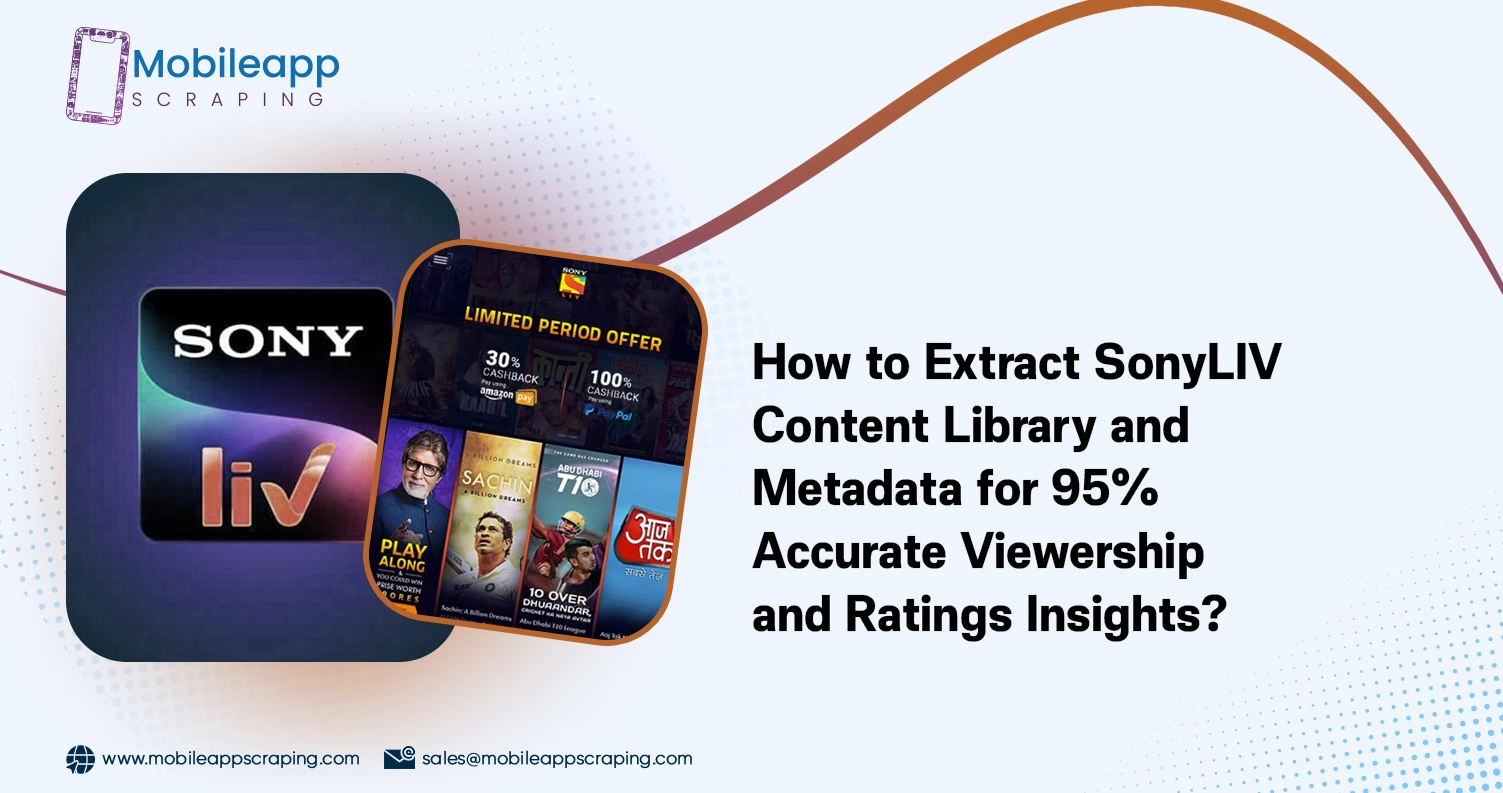
How to Extract SonyLIV Content Library and Metadata for 95% Accurate Viewership and Ratings Insights?
Introduction
In today’s competitive streaming landscape, understanding audience preferences and viewership trends is more critical than ever. Streaming platforms like SonyLIV have rapidly expanded their content libraries, encompassing a wide range of shows, movies, and exclusive originals. For media analysts and streaming service strategists, simply knowing what content exists isn’t enough. They require deep insights into audience engagement, ratings, and reviews to craft data-driven content strategies.
Extracting accurate viewership and ratings insights allows content creators, advertisers, and streaming platforms to make informed decisions regarding programming, scheduling, and marketing. Using advanced techniques like Extract SonyLIV Content Library and Metadata, analysts can track real-time viewer engagement, identify popular titles, and evaluate the impact of content across different demographics.
With the rise of OTT platforms, the demand for OTT Media Platform Data Scraping has skyrocketed, enabling precise audience analysis that surpasses traditional survey methods. Implementing robust data extraction solutions ensures that decision-making is not based on assumptions but on actionable, measurable insights that drive growth and retention in a crowded digital entertainment space.
Overcoming Challenges in Accessing Complete Streaming Content Libraries
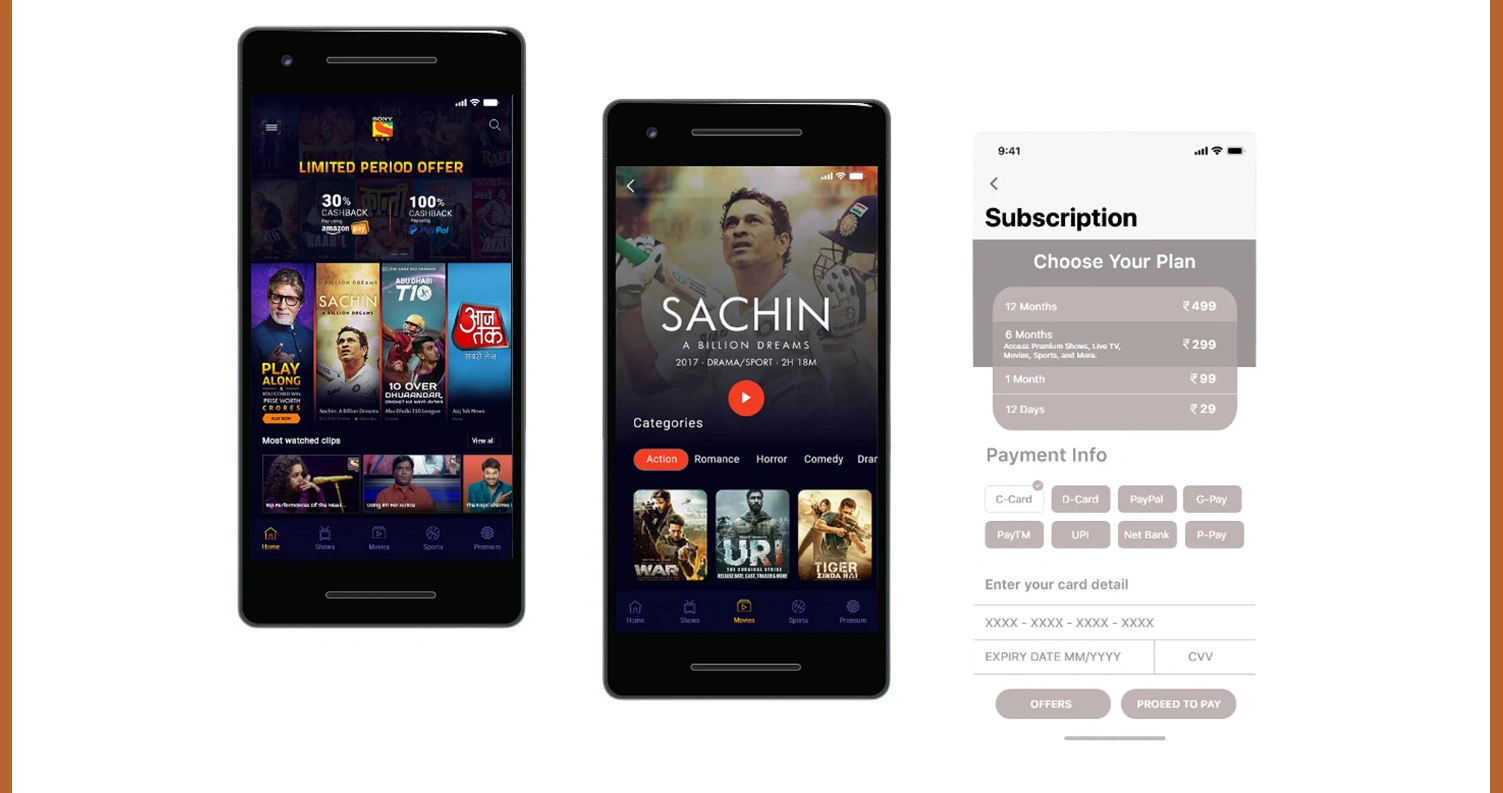
Maintaining an updated content catalog on streaming platforms can be a complex task due to the constantly changing library of movies, shows, and exclusive releases. Media analysts and streaming service managers often encounter difficulties when trying to access complete metadata, including release dates, cast and crew information, genres, and region-specific availability. Incomplete or outdated information can lead to flawed strategies in content promotion, marketing campaigns, and programming decisions.
Automated extraction solutions provide a structured method to collect accurate metadata efficiently. By using SonyLIV Data Extraction, teams can retrieve full content information across multiple categories, ensuring datasets reflect the latest library updates. For example, without automation, platforms offering thousands of titles may only provide fragmented data, making content planning and competitive analysis challenging.
Common Obstacles in Streaming Content Library Management:
| Challenge | Potential Impact | Solution |
|---|---|---|
| Incomplete metadata | Ineffective marketing decisions | Automated scraping tools |
| Dynamic content updates | Outdated datasets | Scheduled extraction routines |
| Platform access restrictions | Limited data retrieval | API-driven solutions |
Structured extraction ensures accuracy in cataloging and allows analysts to track content evolution over time. Combining this approach with SonyLIV API Data Scraper facilitates the collection of precise metadata in real-time, reducing manual errors and increasing data reliability. By integrating comprehensive content library information, media strategists can optimize promotional campaigns, plan new acquisitions effectively, and gain a clear understanding of audience preferences across genres and regions.
With these tools, platforms can also evaluate library completeness, monitor new additions, and make evidence-based decisions to enhance engagement. The result is an accurate reflection of the streaming ecosystem, providing insights critical to strategic planning, content scheduling, and long-term subscriber satisfaction.
Understanding Viewer Engagement Patterns for Streaming Success
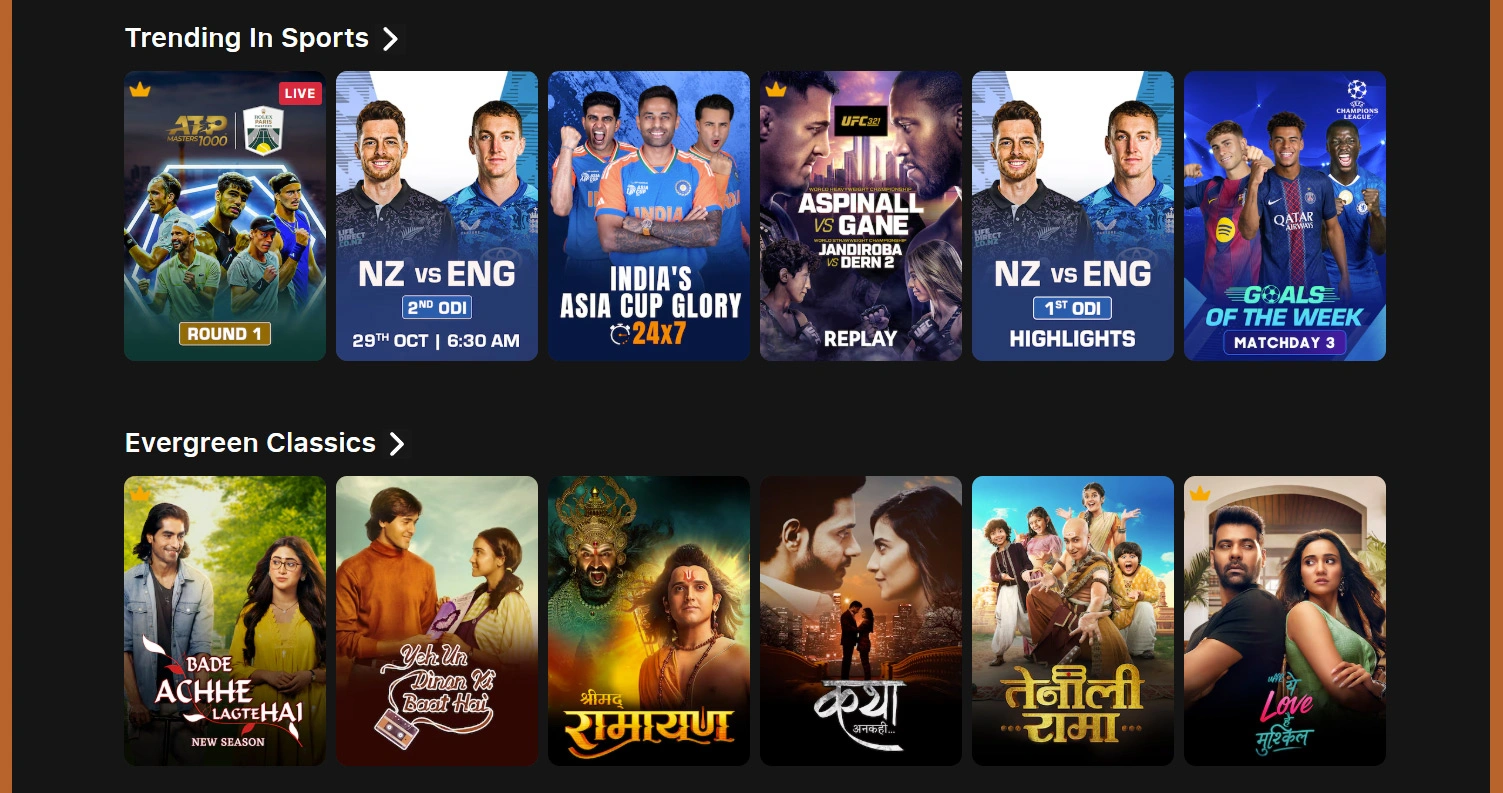
Analyzing how viewers interact with streaming content is one of the most significant challenges for OTT platforms. Traditional analytics often fail to capture detailed consumption patterns such as binge-watching behavior, drop-off rates, episode completion times, and peak viewing periods. Without this granular insight, predicting content popularity or viewer satisfaction can be difficult, resulting in inefficient programming and marketing strategies.
Advanced solutions provide real-time tracking of audience behaviors. Implementing Real-Time Audience Behavior Analysis for SonyLIV Shows allows analysts to gain detailed information about viewer engagement, revealing which content resonates most with specific demographic segments. For instance, tracking episode completion rates across different genres can guide decisions on future content production, marketing strategies, and release schedules.
Viewer Engagement Metrics Example:
| Metric | Average Value | Interpretation |
|---|---|---|
| Average watch time | 45 mins | High viewer engagement |
| Drop-off rate | 14% | Minor retention concerns |
| Completion rate | 80% | Content is well-received |
Integrating behavioral insights with content metadata enables platforms to link content attributes to engagement levels. This combined approach provides actionable intelligence to plan content libraries, optimize user experiences, and enhance marketing campaigns. By leveraging automated tracking, decision-makers can anticipate trends, identify potential hits early, and tailor content promotion to maximize user satisfaction.
Using these analytics allows platforms to continuously refine strategies, ensuring shows maintain high engagement, viewer retention improves, and investments in content creation yield measurable returns. This comprehensive understanding of audience behavior is essential for sustaining a competitive advantage in the dynamic OTT landscape.
Leveraging Comprehensive Data Sets for Streaming Insights
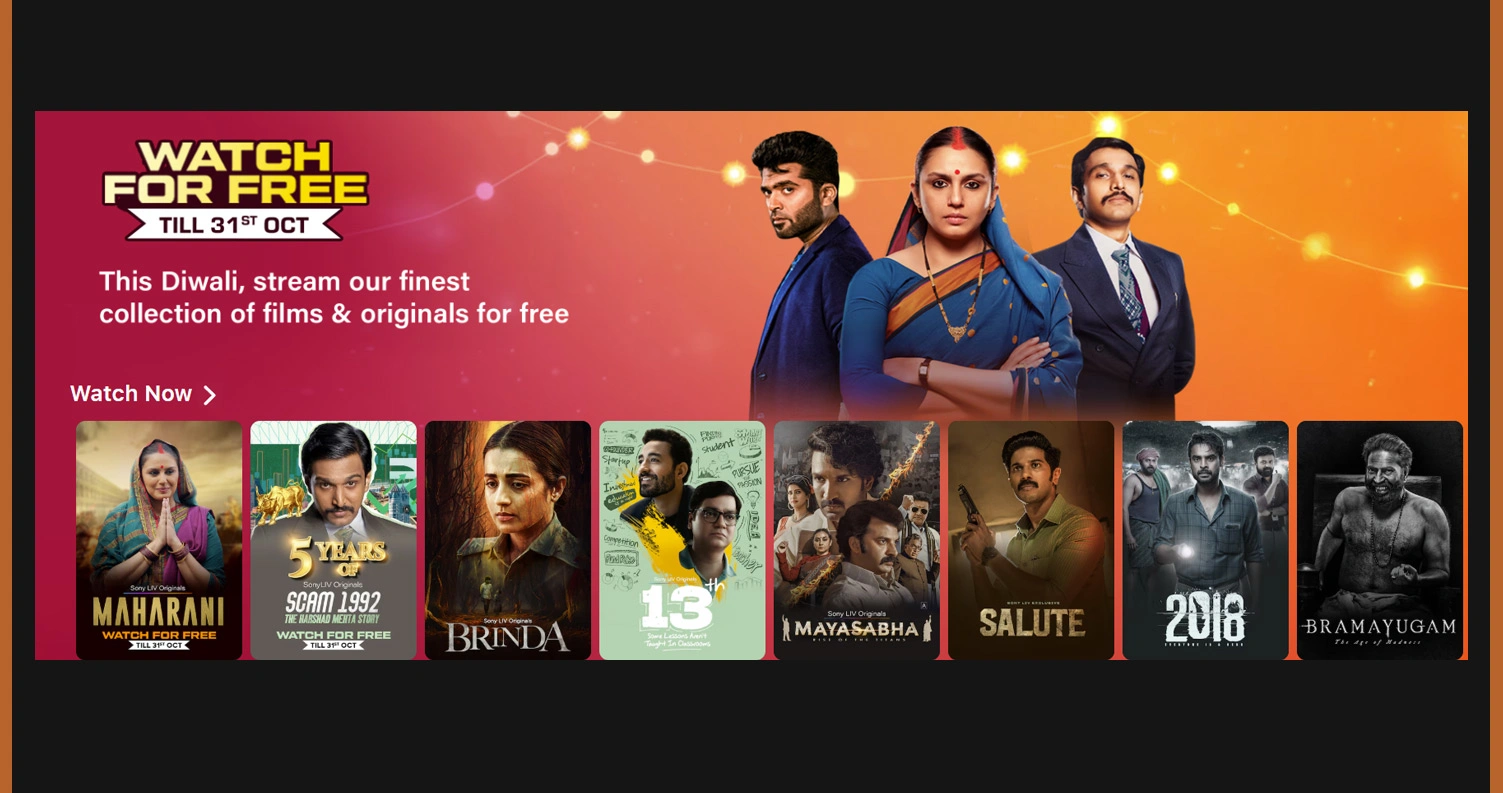
Aggregating and structuring large volumes of content and viewership data is critical for meaningful analysis. Platforms such as SonyLIV offer extensive content libraries and real-time engagement statistics, but managing this information manually is often impractical due to inconsistent formats, regional variations, and high data volume. Properly organizing these datasets is essential for identifying trends, benchmarking performance, and guiding content acquisition decisions.
Utilizing OTT Media Datasets as a foundation allows analysts to track key metrics like weekly streams, episode completion rates, and demographic preferences. Extracting and structuring this information ensures it is actionable and provides clarity for performance comparisons and content strategy development. By focusing on patterns across content categories, analysts can evaluate popularity, identify gaps in programming, and refine scheduling for maximum impact.
Structured OTT Dataset Examples:
| Data Type | Sample Metric | Use Case |
|---|---|---|
| Content Metadata | Genre, Release Date | Library planning |
| Viewer Analytics | Total Streams | Trend monitoring |
| Ratings | Average Score | Performance evaluation |
Tools like SonyLIV Viewership & Ratings Data Extractor allow platforms to transform raw datasets into structured insights. By combining metadata with viewer engagement, analysts gain a full perspective on which shows perform best, how new releases compare to legacy content, and how regional variations affect performance. This approach enables targeted content investment, strategic planning, and actionable insights that drive subscriber satisfaction and retention.
Integrating structured OTT datasets ensures media teams can make evidence-based decisions quickly, improving operational efficiency and enabling platforms to respond effectively to dynamic viewer preferences. Accurate and comprehensive analytics is the key to strategic content management and competitive growth in the digital streaming market.
Ensuring Accuracy in Ratings and Review Collection
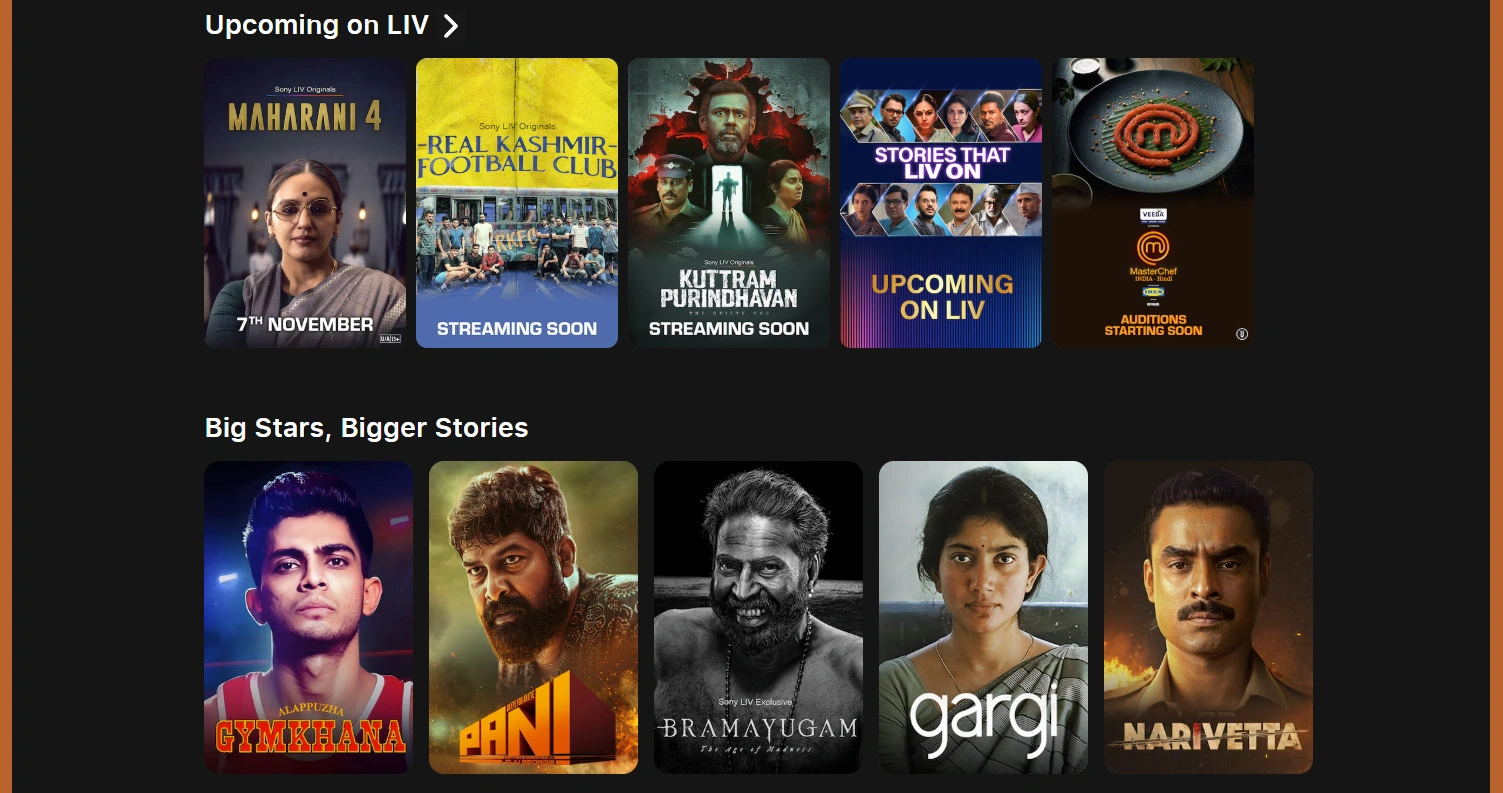
Understanding audience sentiment through ratings and reviews is essential for evaluating content performance. While ratings reflect general satisfaction, reviews provide deeper qualitative insight. However, manually tracking this information can be error-prone, inconsistent, and time-consuming, leading to inaccurate conclusions and potential misalignment in content planning or marketing strategies.
Automated solutions that handle Scraping SonyLIV Ratings and Review Trends for Market Research simplify this process. Such systems collect user ratings, review text, and engagement metrics accurately, providing comprehensive insights into audience preferences and satisfaction levels. For example, identifying patterns in positive or negative feedback can guide content improvements, highlight popular shows, and inform promotional efforts.
Ratings and Review Tracking Example:
| Metric | Average Value | Insight |
|---|---|---|
| User Rating | 4.3/5 | Positive reception |
| Review Count | 1,500 | Popular content |
| Sentiment Score | 75% | Mostly favorable feedback |
Linking review trends with content metadata allows analysts to assess which attributes contribute to success, whether it's genre, cast, or episode length. Integrating these insights with SonyLIV API Data Scraper ensures accuracy, enhances the reliability of collected data, and supports informed decision-making. This structured approach provides a complete understanding of audience sentiment, facilitating better content strategy, scheduling, and promotional efforts.
Effective review and rating tracking not only helps content teams improve offerings but also allows marketing departments to craft messaging that resonates with target audiences, ultimately driving engagement and subscriber retention across the platform.
Simplifying Review and Rating Data Management for Accuracy

Collecting and analyzing reviews and ratings on dynamic streaming platforms presents challenges, including frequent UI changes, hidden metrics, and large volumes of user feedback. Manual methods are slow, inefficient, and prone to error, making it difficult to accurately measure audience sentiment or track trends over time.
Implementing Review and Rating Data Scraping allows teams to automate the collection of ratings and reviews across the platform. Analysts can quantify sentiment, track trends, and generate structured reports that reflect audience perception accurately. This provides actionable insights for improving content quality, optimizing marketing campaigns, and guiding future programming decisions.
Review and Rating Analysis Metrics:
| Metric | Measurement | Benefit |
|---|---|---|
| Positive Reviews | 70% | High audience satisfaction |
| Average Rating | 4.2 | Quality assessment |
| Review Volume | 120/day | Popularity tracking |
Combining these insights with SonyLIV API Data Scraper ensures metadata, engagement metrics, and sentiment analysis are seamlessly integrated. This unified approach empowers media teams to identify successful content strategies, predict audience preferences, and implement data-backed decisions.
Automated review management enhances accuracy, scales efficiently, and allows teams to focus on creative strategy and content promotion rather than data collection.
Integrating Multiple Analytics Streams for Better Decision-Making
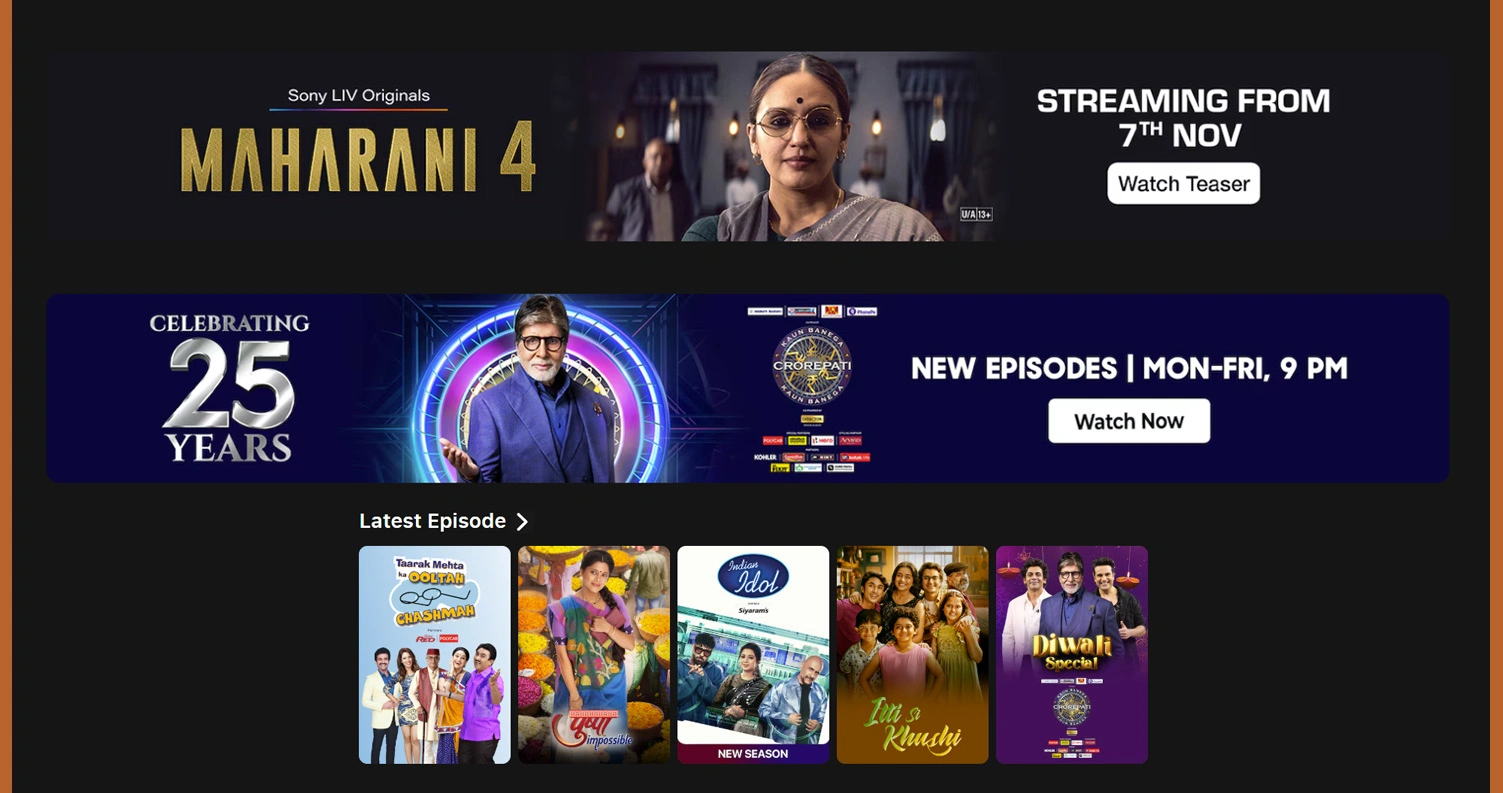
For effective streaming analytics, combining multiple data streams—including metadata, viewership patterns, and ratings—is critical. Fragmented data can obscure trends and limit insights, while integrated analytics provide a holistic perspective that informs strategic decisions, content planning, and marketing campaigns.
Automated extraction systems allow teams to merge datasets efficiently. By leveraging structured content and viewer information, analysts can monitor performance across genres, regions, and demographic segments. This integrated approach enables predictive analysis, audience segmentation, and informed decisions for content development.
Integrated Analytics Approach for Streaming Platforms:
| Component | Benefit | Tool |
|---|---|---|
| Content Metadata | Accurate cataloging | API Scraper |
| Viewer Behavior | Detailed engagement insights | Behavior Analysis |
| Ratings & Reviews | Comprehensive sentiment understanding | Review Scraper |
Combining metadata with analytics tools ensures that platforms understand audience behavior, content performance, and trends in one unified view. This enables precise strategy formulation, improves content planning, and optimizes user engagement. Integrated analytics provide streaming services with the ability to respond rapidly to evolving viewer preferences while maintaining a competitive edge in the OTT industry.
How Mobile App Scraping Can Help You?
We provide the technology to access accurate and structured streaming data in real time. Through automated extraction, businesses can Extract SonyLIV Content Library and Metadata efficiently, eliminating manual errors and saving substantial time and effort.
Benefits include:
- Instant access to complete content libraries.
- Automated tracking of show releases and updates.
- Detailed audience behavior insights.
- Efficient review and ratings collection.
- Performance comparison across regions.
- Actionable trends for decision-making.
Integrating SonyLIV API Data Scraper enhances these capabilities, enabling platforms to maintain a robust dataset for continuous analysis and market research.
Conclusion
Streaming analytics become truly actionable when you can Extract SonyLIV Content Library and Metadata accurately and consistently. This ensures that decision-makers have reliable insights into content performance, audience engagement, and ratings trends.
Combining this approach with Real-Time Audience Behavior Analysis for SonyLIV Shows helps platforms optimize marketing strategies, improve content offerings, and deliver better viewing experiences. Contact Mobile App Scraping today to implement tailored solutions for precise OTT data analysis and actionable insights.

